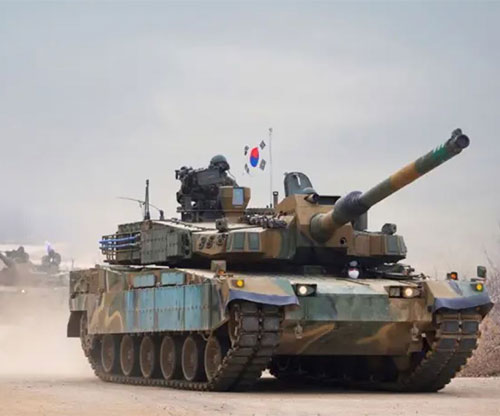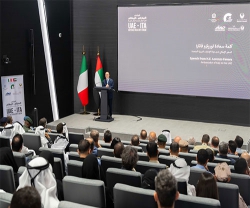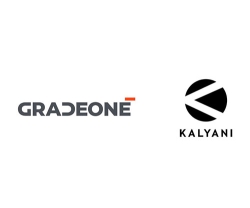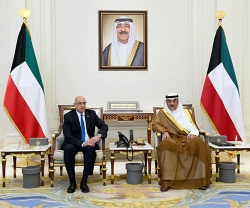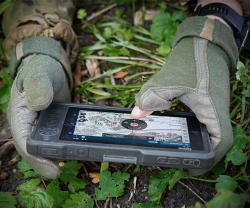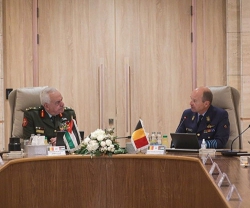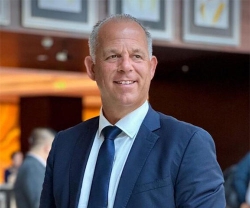India has set an ambitious target for taking its defense exports to US $5 billion from the current US $1.7 billion by 2024-25. The target seems difficult to realize, but Indian defense companies can take a cue from South Korea, which has emerged as the largest defense exporter after China in Asia.
In its bid to become one of the top four defense exporters, South Korea could soon elbow out China, with India trailing way behind, The EurAsian Times reported.
South Korea is becoming a defense partner of choice for countries across the globe. Cairo, Riyadh, Abu Dhabi, New Delhi, and European countries are making major arms purchases and undertaking joint development projects with South Korea. South Korean defense companies are attracting hefty investments, not just purchases.
The Stockholm International Peace Research Institute (SIPRI) ranked Korea as the world’s ninth-largest arms exporter from 2018-2022. It was one of the two Asian nations to appear among the top 25 exporters (the other being China in fourth place). The success of South Korean defense exports is extraordinary as its weapons sales increased by a whopping 74% compared to that in 2013-2017.
In 2022, South Korean arms exports registered a 140 percent rise to a record US $17.3 billion, including deals worth US $12.4 billion to sell tanks, howitzers, fighter jets, and multiple rocket launchers to Poland, one of Ukraine’s allies.
Southeast Asian nations, India, Australia, and North and East European nations that face security challenges from assertive, revisionist superpowers like China and Russia are the main receivers of South Korea’s weaponry. Russia’s invasion of Ukraine has also resulted in major defense sales.
The Czech Republic, Romania, Slovakia, Finland, Estonia, Latvia, Lithuania, and others were thinking of buying defense products only in Europe, but now they know weaponry can be bought at low prices and delivered expeditiously by Korean companies.
South Korea is ensconced in a hostile neighborhood with formidable adversaries like North Korea, China, and Japan. And it required it to have a strong defense industry that could produce technically reliable weapons. This has resulted in a strong defense industrial base. And while it has already left Japan behind, it will soon aim to overtake China.
This meteoric rise of the Asian country aligns with South Korean President Yoon Suk Yeol’s public proclamation in 2022 to make the country one of the world’s top four weapons suppliers after the US, Russia, and France.
Increasing Korea’s defense exports and becoming the world’s No. 4 seller of arms in 2027 from No. 8 in 2021 has been established as a priority by the government. And what seemed like an unrealistic goal a few years back is well within its reach now after a slew of big-ticket deals.
Compared to the Indian defense export industry, the South Korean government began strengthening its defense industry in the late 2000s and early 2010s. In 2022, it reaped windfall rewards of its efforts. The country has sold fighters to Malaysia and ground vehicles to Australia, and there have been rumors of air defense system sales to Saudi Arabia.
The biggest reason behind Seoul bagging big contracts is that it has hot production lines that meet domestic demands but can be easily diverted to meet export orders. It customizes the defense products according to the needs of its customers while transferring technology and setting up local production lines.
For instance, Hanwha Aersopace’s Changwon Plant 3 has been able to increase the production of K9 155mm self-propelled howitzers in a short span. The factory recently installed a second assembly line, increasing its yearly production capacity to 160 K9s. The number will increase to 240 K9s per year in April 2024, when a third production line starts.
The manufacturing speed of the South Korean defense firms is unmatched even by American or European original equipment manufacturers. The country delivered the first 10 K2 tanks (photo) and 24 K9s to Poland just four months after it signed the contract.
Similarly, the first FA-50 aircraft reached Poland within ten months of the contract being signed in September 2022.
Seoul has been able to expedite supply to foreign buyers because of the “symbiotic relationship” between the government and the defense manufacturer that allows them to rework domestic deliveries to execute export orders.

